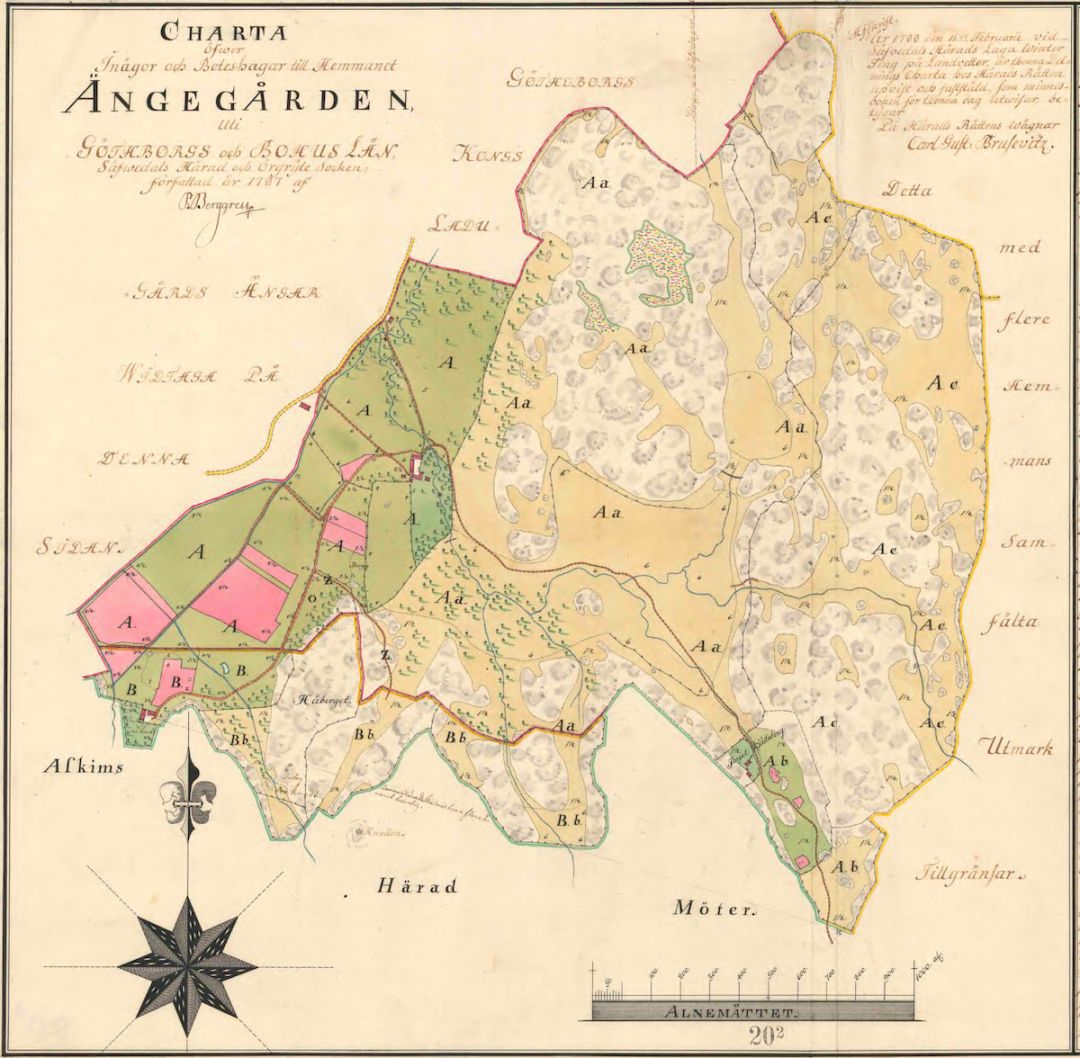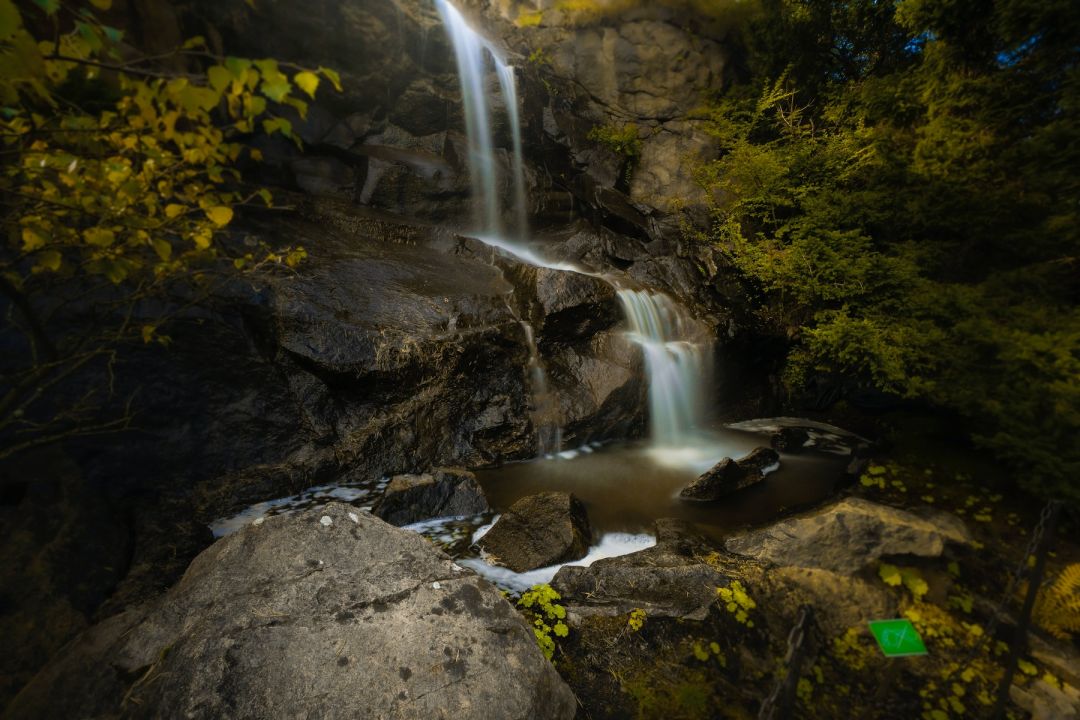JOIN the AFICIONADOS
To receive our world of travel and style delivered straight to your inbox.
We associate Swedish lifestyle with an understated go-slow, live-in-the-moment ethos and Gothenburg is no exception with its easy to stroll (or cycle) streets, cafes on every corner churning out fika and its vibrant, pastel-hued waterfront where excursions at sea are everyday activities. It should come as no surprise then that Gothenburg is also home to one of the largest botanical gardens in Europe.
In usual Swedish downplayed style though, the botanical garden has so much more than meets the eye. Its formal gardens occupy the first 40 hectares with its rock gardens, bamboo groves, koi-carp ponds, well-tended lawns and flower-filled beds; then like a doorway to Narnia, you are free to roam wild in the remaining 135 acres of scrubland, woods, valleys and lakes.
Wander into the wild, off the well-trodden path and you won’t see another soul – and those that do venture further are often rewarded with sighting of elk, dear, hare and fox. In fact, the gardens recommend taking a GPS for navigation, such is the wild and untouched vibe in this all-natural landscape.
Whether you choose to walk on the wild side or visit the more cultivated parts of the garden, you’ll receive a life-affirming dose of nature. The selection of colourful bulbs here put Gothenburg’s botanical garden on the international horticultural map, and the glittering waterfall in the rock garden is impressive. Don’t miss the tropical house for orchids and succulents; and in season the Rhododendron Valley is a showstopper.
This rural idyll became accessible to the public in 1923, before which its meadows, forests and hilly scenery belonged to a country estate. With the help of famed botanist and explorer, Carl Skottsberg, the estate was turned into a place of educational and scientific purpose and in 1936 in collaboration with the University of Gothenburg, the garden became a place for research and excursions.
Today the garden has evolved to help with current challenges such as teaching visitors a greener path for the future. And with its two sides of horticulture, manicured and wild, presented so appealingly, it’s hard not to want to safeguard the future of nature.

